I'm referring mainly to Bilinear and Bicubic resampling techniques. Both of these methods involve sampling 4 and 16 pixels respectively, the former being the 2x2 of pixels closest to the new pixel, and the latter being the 4x4 closest to it.
Why do we limit the methods to this many pixels though? For example if I'm using Bilinear resampling and the following 32x32 image (the red blocks are 2x2 in size, black lines and dots represent the nearest pixel and overlay the new image size) and I want to scale it down to 2x2 the result should be a solid red image even though the source image is almost entirely blue
 would it not make more sense to sample ALL pixels that are "mapped" to the new image size so that you get a more accurate representation of color in that area? Because the limits used on these methods seem to me like they are just Nearest neighbor with extra steps. Even in a case where you're only scaling down a small amount (greater than a half), wouldn't you want to weight the source pixels by how much they are overlapping so that 3 red pixels that have only 0.05% of each of them mapping to the new pixel and 1 blue pixel with 0.85% mapping don't drown it out?
would it not make more sense to sample ALL pixels that are "mapped" to the new image size so that you get a more accurate representation of color in that area? Because the limits used on these methods seem to me like they are just Nearest neighbor with extra steps. Even in a case where you're only scaling down a small amount (greater than a half), wouldn't you want to weight the source pixels by how much they are overlapping so that 3 red pixels that have only 0.05% of each of them mapping to the new pixel and 1 blue pixel with 0.85% mapping don't drown it out?